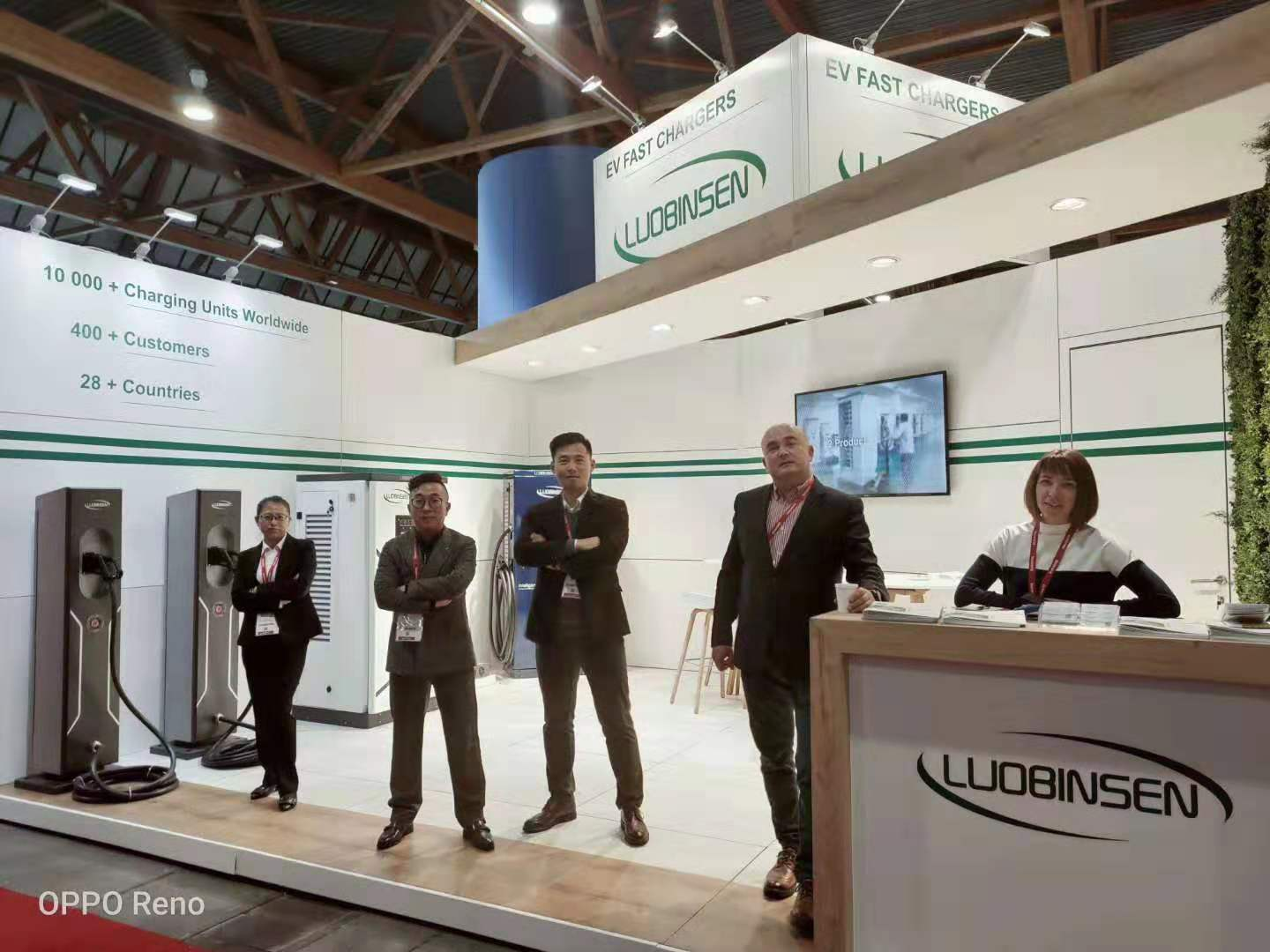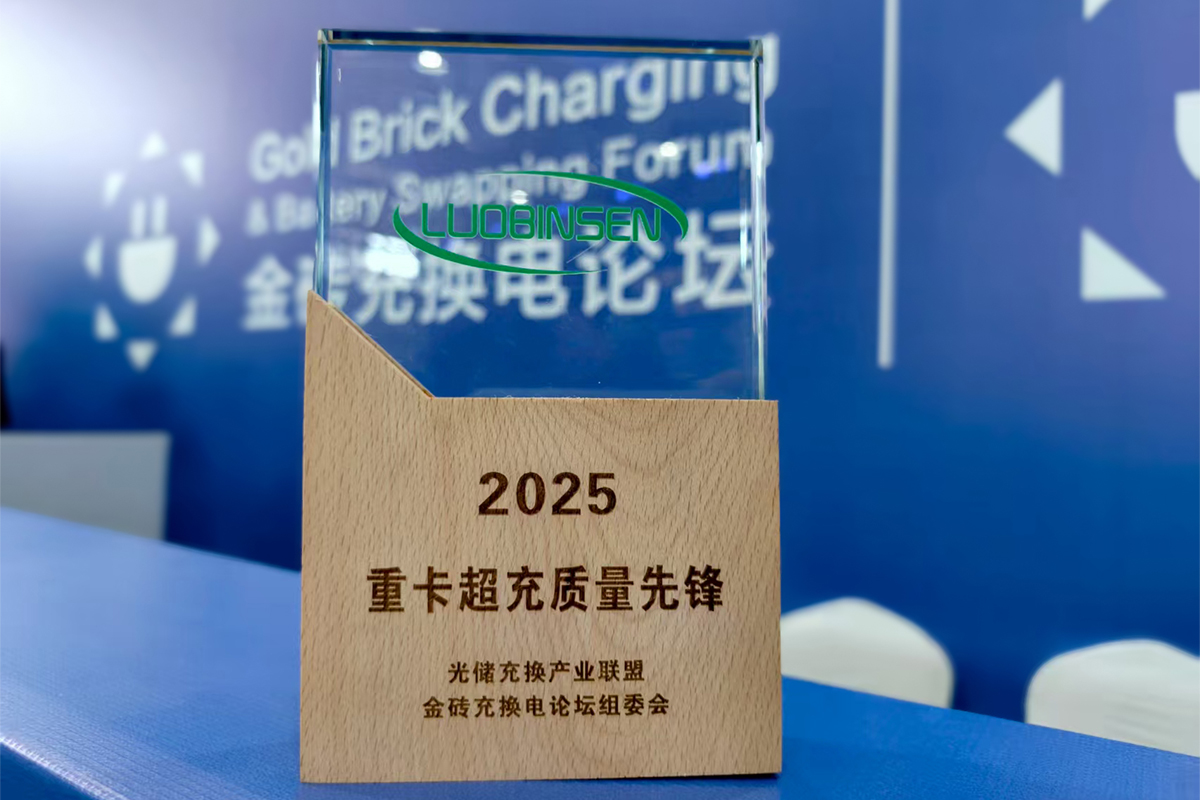The global demand for sustainable transportation solutions has driven the booming adoption of electric vehicles (EVs). More consumers pay much attention to the types, technologies, and charging methods of EVs.
The charging method directly affects the charging speed, cost, and facility layout of facilities. AC EV charging stations and DC EV charging stations are two common charging methods, each with unique characteristics and application scenarios.
For drivers, companies, and fleets, choosing the most suitable charger is crucial, as it not only affects operating costs but may also impact the efficiency of EV usage and the profitability of the enterprise. This AC charger vs. DC charger guide aims to help in this regard.
Understanding AC Chargers and DC Chargers
Both AC and DC charging stations charge electric vehicles. But they work through different technological principles. To understand AC charger vs. DC charger better, it’s crucial to explore their definitions and working principles.
1. What is an AC Charger?
AC chargers are also known as Level 1 or Level 2 EV chargers. It receives AC power from a standard wall socket and then converts it to DC power through an onboard charger (OBC) inside the vehicle, safely charging the battery.
Level 1 chargers typically use standard household sockets, while Level 2 chargers use a higher power 240V power supply, providing faster charging speeds.
The main AC charger vs. DC charger difference is the current conversion, making AC chargers often less expensive to install. AC EV chargers are more suitable for scenarios such as homes and workplaces where long-term charging can be done at night or during working hours.
2. What is a DC Charger?
DC chargers, also known as fast chargers or Level 3 EV chargers, are devices that directly provide DC power to EV batteries. They do not require an onboard charger and can directly deliver DC power to the battery, achieving faster charging speed.
They are capable of replenishing hundreds of kilometers of range in just 30 minutes or less. This rapid recharging ability makes DC the preferred method for fleets and public scenarios needing fast turnaround.
Key Differences Between AC Chargers and DC Chargers
With different technological bases, AC and DC chargers have variations in charging curves, charging speed, installation costs, and suitable application scenarios. The following aspects highlight the key AC vs. DC charger differences:
1. EV Charging Curve
The charging curve depicts how battery levels increase over the charging period. It visually highlights the AC charger vs. DC charger difference.
An AC charger usually has a stable charging curve, charging EV batteries with a constant or slowly changing power. This is because the amount of power that onboard chargers can handle within a certain period of time is limited. This charging curve is beneficial for protecting battery health.
The DC charging often outputs the highest power when it is around 20% battery level. As the battery level increases, the charging power will gradually decrease to protect the battery from damage. This charging method can quickly transfer a large amount of electrical energy to the battery in a short period of time.
2. Charging Speed
In this AC charger vs. DC charger comparison, the speed of DC charging is usually much faster than AC charging. The common power of AC EV chargers is 3.7kW-22kW. Depending on the power, it usually takes several hours or overnight to charge the battery.
DC EV chargers, on the other hand, are commonly rated from 20kW to 600kW. This high-power charging solution can quickly charge the electric vehicle battery to around 80% of its capacity within 30 minutes to 1 hour, making it very suitable for scenarios that require rapid replenishment of power.
3. Installation Cost
This is another major difference between AC charging vs. DC charging stations. Installing an AC charging point is a relatively straightforward process since it simply requires rewiring an existing electrical line. Due to its lower charging power, it does not have higher requirements for the power grid and installation environment than DC charging stations.
DC EV chargers necessitate more specialized components. These may include upgrading the grid’s power supply capacity, upgrading distribution facilities such as transformers and distribution cabinets, introducing intelligent management systems, and equipping safety systems. This contributes to higher upfront capital and installation service expenses.
4. Preferred Scenarios
Suitable applications are another key AC charger vs. DC charger difference. AC charging with moderate charging speed is optimal for homes, office buildings, and commercial areas.
Highway service areas, commercial centers, and specialized public charging stations are more suitable for installing high-power DC charging stations. It’s because downtimes must be minimized to maximize throughput and revenue in busy industrial and commercial zones.
Where to Buy Reliable AC and DC Charging Stations?
For over a decade, Luobinsen has driven innovation in EV charging technology. Our product lineup covers both AC and DC charging solutions for varied needs.
Our products mainly include HPC chargers (liquid-cooled), Panto chargers, Group chargers, All-in-one DC chargers, Wallbox DC chargers, portable chargers, AC chargers, etc. The charging standards include GB/T, CCS1, CCS2, and CHAdeMO. We also support customized charging solutions according to customer needs. Some key highlights of our products include:
- Various outputs from 7kW AC up to 600kW DC for different charging needs.
- A clear touch screen facilitates customer use.
- Modular designs allow customized configurations and future-proof system expansion.
- Industrial-grade durability with waterproof and dustproof shell against different weather conditions.
- Enhanced safety with protections like overcurrent control, temperature monitoring, and automatic shutdowns.
Conclusion
Overall, the AC charger vs. DC charger comparison highlights many key differences. Their common goal is to provide convenient and efficient charging options for EV users and promote the adoption of EVs.
Depending on charging needs, drivers and fleet managers should evaluate charging speed, installation feasibility, and usage patterns to determine the optimal charging method for AC vs. DC charging.
As an industry-leading provider, Luobinsen designs and manufactures dependable AC and DC charging stations. Contact us to learn more about EV chargers!







